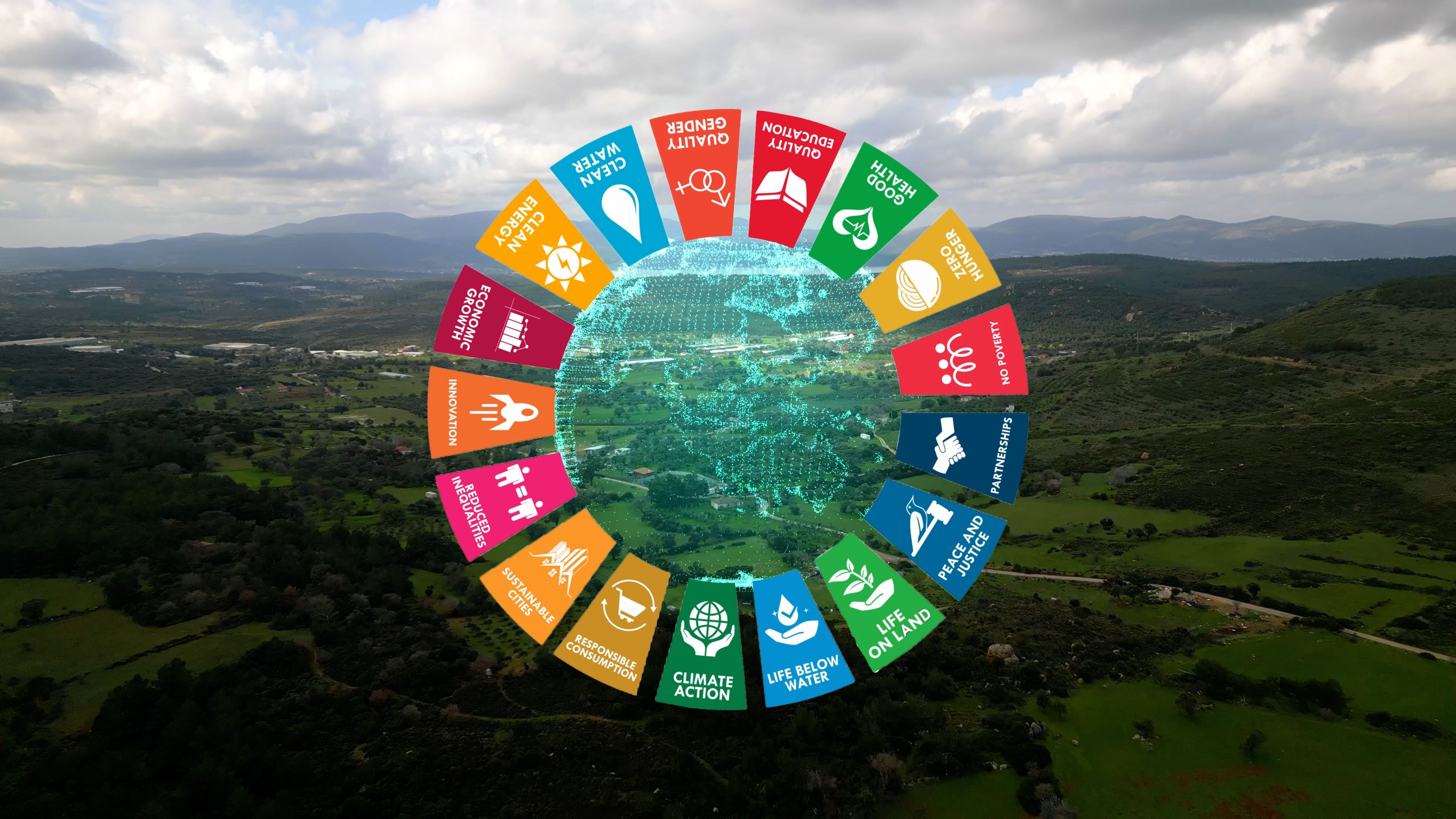Calculating Carbon Footprint in Educational Institutions: A Step-by-Step Guide
Calculate Your Carbon Footprinting
Understanding the Importance of Carbon Footprint in Educational Institutions
As the world grapples with climate change, educational institutions have a crucial role to play in fostering environmental responsibility. One of the first steps in this journey is understanding and calculating their carbon footprint. A carbon footprint encompasses the total greenhouse gas emissions caused directly or indirectly by an institution. By measuring this, schools and universities can identify key areas for improvement and take actionable steps towards sustainability.

Identifying Emission Sources
To begin calculating a carbon footprint, it’s essential to identify the primary sources of emissions within the institution. Common sources include:
- Energy Consumption: Electricity and heating are major contributors.
- Transportation: Emissions from student and staff commutes as well as school-owned vehicles.
- Waste Management: Landfill contributions from waste produced on campus.
- Water Usage: The energy required for water supply and treatment.
Gathering Data
Once the emission sources are identified, the next step is gathering data. This involves collecting information on energy bills, transportation logs, waste disposal records, and water usage metrics. Accurate data collection is crucial for a reliable carbon footprint calculation. Schools should ensure they have records that span at least a year to account for seasonal variations.

Using Calculation Tools
There are several tools and calculators available to help educational institutions measure their carbon footprint. These tools allow users to input collected data and automatically calculate emissions. Some popular options include the Carbon Trust Footprint Calculator and the CoolClimate Calculator. These tools often provide detailed reports that highlight high-impact areas, helping institutions to prioritize their sustainability efforts.
Analyzing and Interpreting Results
After calculations, it’s important to analyze and interpret the results. This analysis helps in identifying which areas contribute the most to the carbon footprint. Typically, energy consumption and transportation are significant contributors. By understanding these results, institutions can set realistic reduction targets and track progress over time.

Implementing Reduction Strategies
With insights gleaned from the analysis, schools can implement effective strategies to reduce their carbon footprint. Here are some strategies:
- Energy Efficiency: Upgrade to energy-efficient lighting and appliances.
- Sustainable Transportation: Encourage carpooling and use of public transport.
- Waste Reduction: Implement recycling programs and composting facilities.
- Water Conservation: Install water-efficient fixtures and promote conservation practices.
Engaging the Community
Achieving sustainability goals is a collaborative effort. Engaging students, staff, and the wider community is vital for success. Educational institutions can organize workshops, seminars, and awareness campaigns to educate and involve everyone in the carbon reduction initiatives. Building a culture of sustainability not only reduces emissions but also empowers future generations to prioritize environmental stewardship.

Monitoring and Reporting Progress
Finally, it’s essential to continuously monitor and report progress. Regular assessments help institutions stay on track with their goals and make necessary adjustments. Transparent reporting also builds trust with stakeholders and demonstrates the institution’s commitment to sustainability.
By following these steps, educational institutions can take significant strides in reducing their carbon footprint, setting a precedent for environmental responsibility, and paving the way for a more sustainable future.
